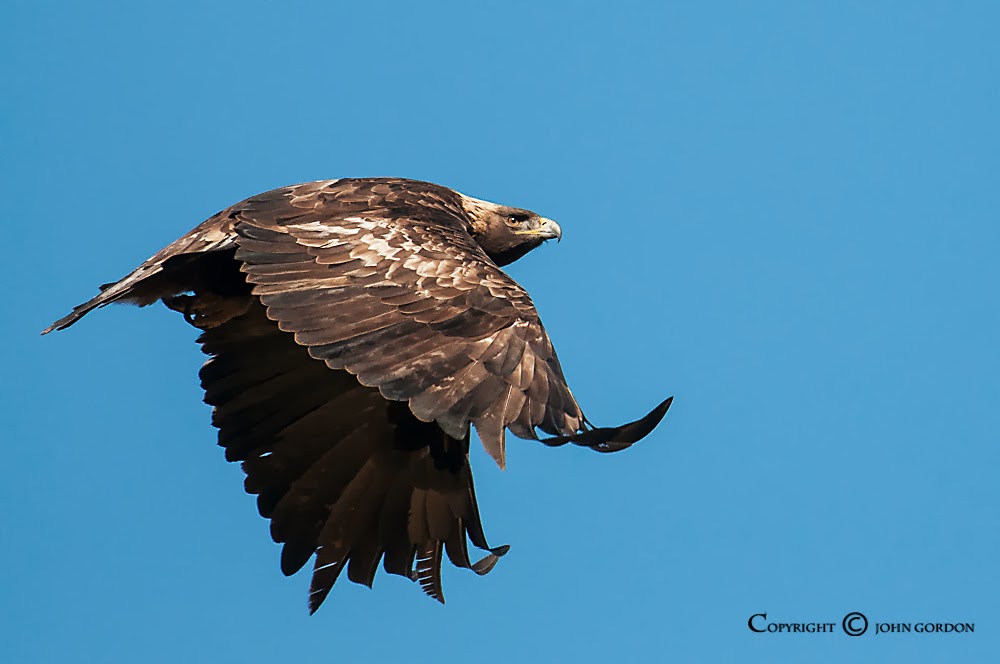Feb 25 2014 Boundary Bay, Delta British Columbia. Sunny skies.
I like to present photographs from all seasons and this winter has been another brilliant year for birding opportunities in the Lower Mainland. Gyrfalcons, Golden Eagles, Long and Short-eared Owls and many other species have provided new material and hours and hours of enjoyment. This was the case Tuesday evening when this Long-eared Owl put on a show for a number of us photographers and birders.
All these photographs were taken at a respectful distance from the dyke, the 'outed owl baiter' wasn't there and there were no trespassers in the field, had there been, then none of these images would have been possible. All these pictures were taken in the exact spot* where he was seen baiting owls a few weeks ago. Thankfully he hasn't been seen around too much to and ruin what is an amazing display of nature.
*What I meant was the birds were in the same spot as the "owl baiter'
 |
| Long-eared Owl (Asio otus) |
 | |||
| Eventually the owl was able to shake off the Harriers and waited until dark before hunting again. |
 |
| My first ever Long-eared owl in flight. They take on quite a different appearance when seen flying. |
Good Birding
John Gordon












































